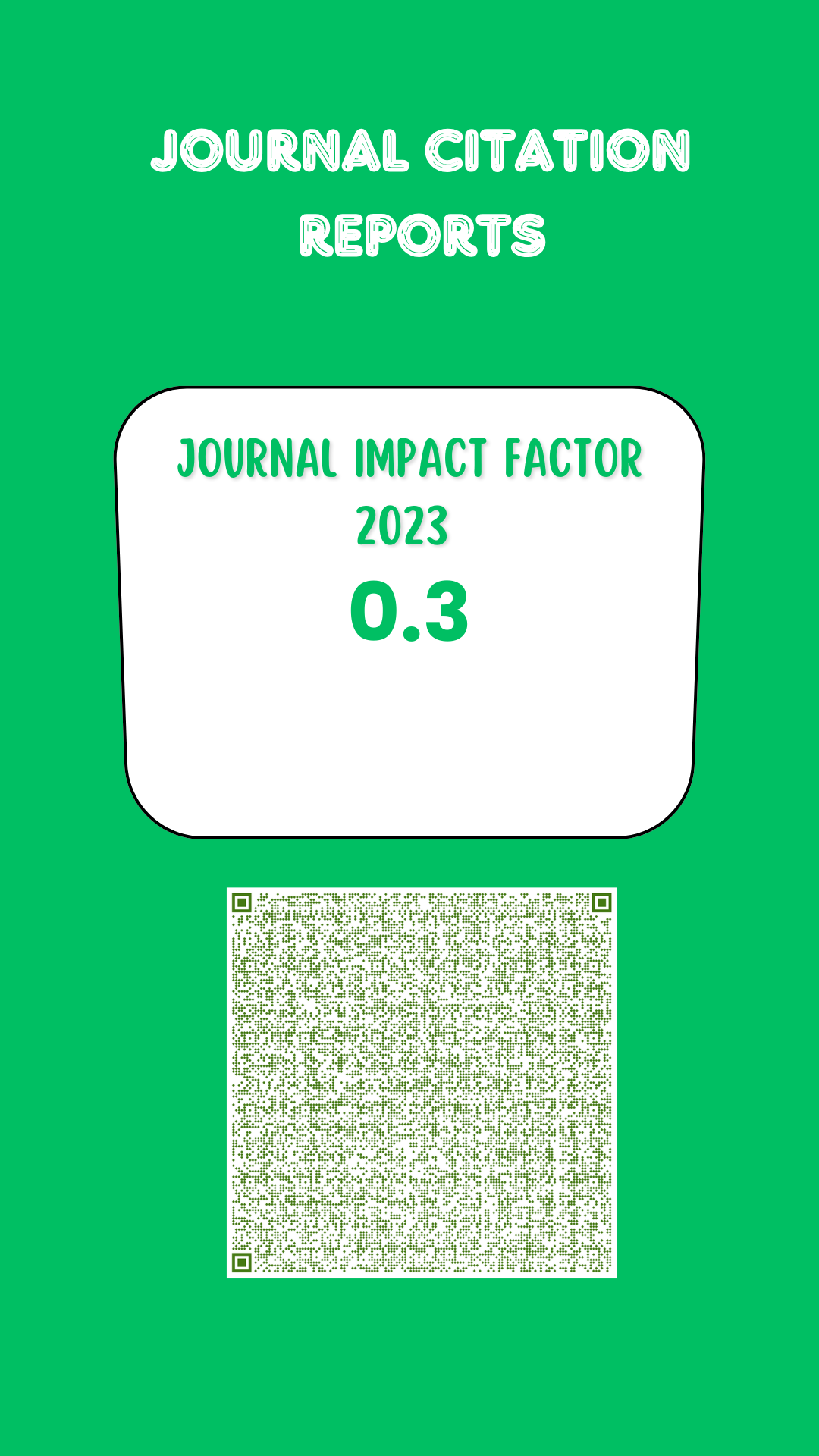Boron-calcium interaction in the growth ans mineral content of sweet pepper plants
DOI:
https://doi.org/10.19136/era.a8n3.2813Abstract
Boron (B) toxicity is an environmental restriction limiting crop productivity. The goal of this research work was to determine the influence of Calcium
(Ca) in sweet pepper plants irrigated with high B concentrations. The assessed treatments included five B concentrations (0.5, 1.5, 3.0, 4.5 and 6.0 ppm) and three Ca concentrations (7, 9 and 11 meq L-1). Photosynthesis, plant height, root dry weight and total dry weight decreased as B concentration increased in the nutrient solution; however, B negative effect was lower as Ca concentration increased in the
nutrient solution. High B concentrations affected root length and Ca increase did not show any positive effect. Furthermore, total N, P, K, Ca and Mg contents in sweet pepper plants decreased when B concentration increased; however, except for Mg, these decreases were lower when Ca concentration increased at nine (9) and eleven (11) meq L-1. Total B content in plants decreased when the concentration of this micronutrient increased in the solution; however, when Ca rate in the solution was higher than seven (7) meq L-1, B content experienced a sharper drop. Therefore, under B excess conditions, the growth and nutrient uptake of sweet pepper plants
can improve by increasing Ca concentration in the nutrient solution.
Downloads
Downloads
Published
Issue
Section
License
Copyright (c) 2021 Ecosistemas y Recursos Agropecuarios

This work is licensed under a Creative Commons Attribution-NonCommercial-ShareAlike 4.0 International License.
Aviso de copyright
Los autores que se envían a esta revista aceptan los siguientes términos:
una. Los autores conservan los derechos de autor y garantizan a la revista el derecho a ser la primera publicación del trabajo con una licencia de atribución de Creative Commons que permite a otros compartir el trabajo con un reconocimiento de la autoría del trabajo y la publicación inicial en esta revista.
B. Los autores pueden establecer acuerdos complementarios separados para la distribución no exclusiva de la versión del trabajo publicado en la revista (por ejemplo, en un repositorio institucional o publicarlo en un libro), con un reconocimiento de su publicación inicial en esta revista.
C. Se permite y se anima a los autores a difundir su trabajo electrónicamente (por ejemplo, en repositorios institucionales o en su propio sitio web) antes y durante el proceso de envío, ya que puede conducir a intercambios productivos, así como a una cita más temprana y más extensa del trabajo publicado. (Consulte El efecto del acceso abierto).



